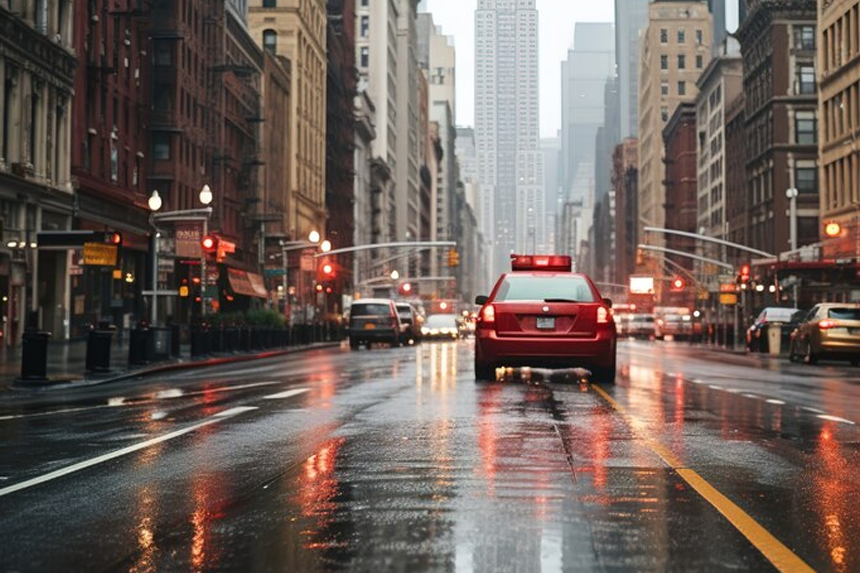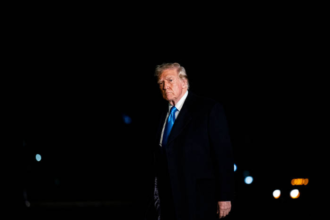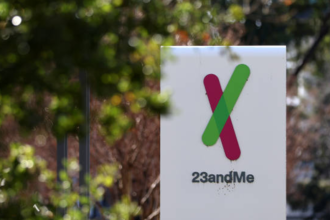New York City is the first city in the US to impose a vehicle congestion fee, making history. In Manhattan, drivers who enter a specified zone will now be subject to daily fines of up to $9; various vehicle types will pay different penalties. The congestion fee is a component of a daring plan to enhance public transit and reduce traffic.
Janno Lieber, CEO of the Metropolitan Transit Authority (MTA), declared, “This is a historic moment for New York.” “We are certain that the congestion charge system, which has been in place since midnight, will significantly improve traffic management and generate much-needed funding for our public transportation system.”
The Congestion Charge Scheme: How Does It Operate?
Significant icons like the Empire State Building, Times Square, and the Wall Street Financial Center are inside the congestion charge zone, extending south of Central Park. To implement the charges, more than 1,400 cameras monitor traffic in 400 lanes, aided by more than 110 detection sites and 800 placards.
Most drivers will pay $2.25 during off-peak hours and $9 during peak hours. Larger trucks and tourist buses will pay $21.60 during peak hours, while small trucks and non-commuter buses will pay $14.40.
Lieber affirmed that the system would guarantee compliance: “Drivers will begin to see the toll charges appearing on their E-Z Pass bills in a few days.”
What Is the Scheme's Background?
The project, led by Governor Kathy Hochul of New York State, is the result of years of preparation. However, implementation was not without difficulties.
Governor Hochul suggested a congestion tax two years ago, but companies and commuters fiercely opposed it. In June, to address worries about potential unforeseen repercussions, the initial proposal was put on hold for changes.
When Hochul revealed the updated plan, he said, “While addressing congestion is important, we had to make sure the plan worked for all New Yorkers.”
What Advantages Might the Plan Offer?
The main objectives of the congestion charge are to reduce Manhattan’s infamous traffic issues and raise billions of dollars to improve the city’s public transit system.
Phil Bauer, a midtown Manhattan surgeon, said, “I think the idea is good.” “It will encourage people to use public transportation and reduce traffic.”
Others share this viewpoint and think the plan has the potential to revolutionize the city’s transportation system.
Why Is There Opposition to the Scheme
Despite its possible advantages, the congestion fee has encountered strong opposition. President-elect Donald Trump, who has promised to eliminate the plan when he takes office later this month, is among the most outspoken opponents.
Who came up with this idea? Chris Smith, an estate realtor in New Jersey, said, “Kathy Hochul?” “She ought to be taken into custody for her ignorance.”
Republicans and suburban leaders in New Jersey have also expressed disapproval. Congressman Mike Lawler, representing a district directly north of the city, referred to the plan as an “absurd congestion pricing cash grab” and encouraged Trump to step in.
The courts have been involved in attempts to thwart the plan. However, a judge recently threw down a complaint by New Jersey officials who said the scheme would have adverse environmental effects on nearby areas.
How Bad Are the Traffic Issues in New York?
The traffic data research company INRIX ranked New York City the most congested urban area in the world for the second year in a row last year. In early 2024, during peak morning hours, vehicles in midtown Manhattan averaged only 11 mph (17 km/h), highlighting the need for immediate action.
Will the Plan Achieve Its Said Objectives?
After the plan went into force, traffic moved more easily around the northern edge of the congestion zone at 60th Street and 2nd Avenue. Nevertheless, many drivers were unaware that the recently activated cameras were about to charge their E-Z Pass accounts.
Though opinions are still divided, the congestion tax is a daring attempt to alleviate traffic congestion in New York City and improve its public transportation system. It is unclear if it will succeed in achieving these lofty objectives.








